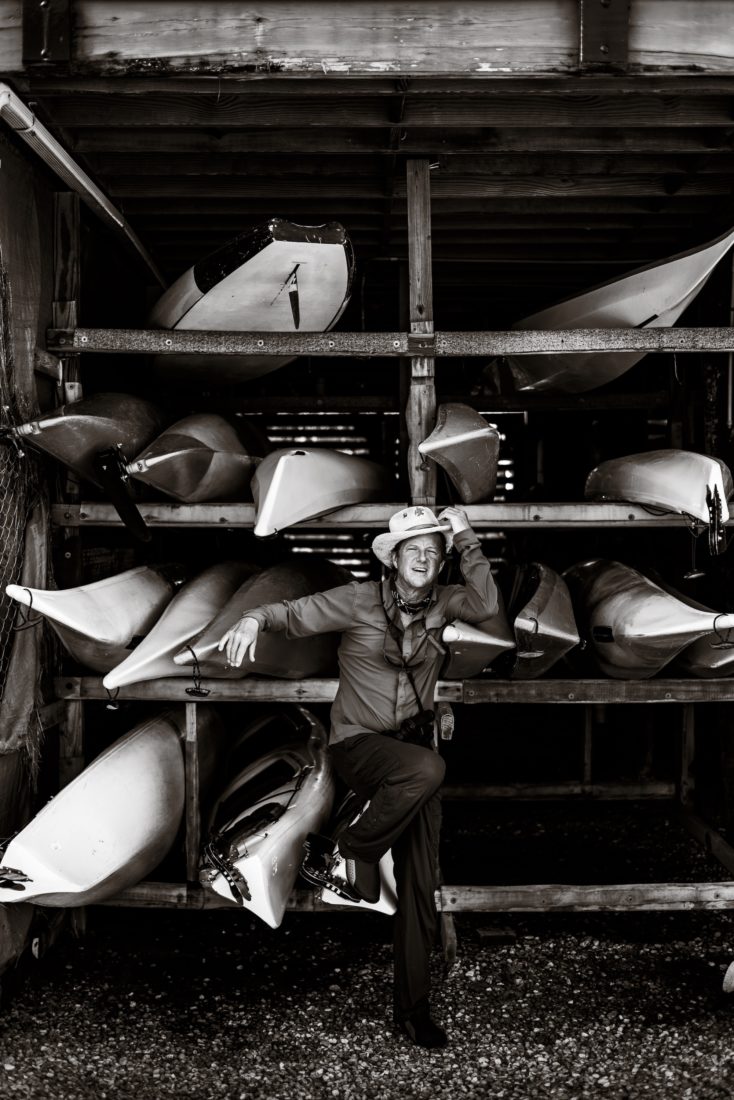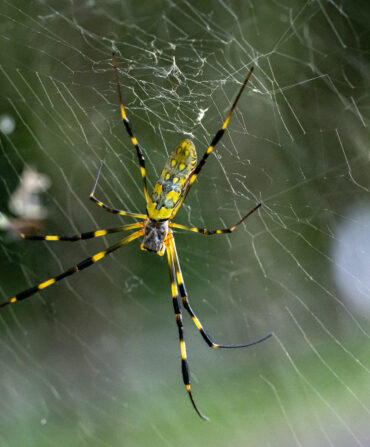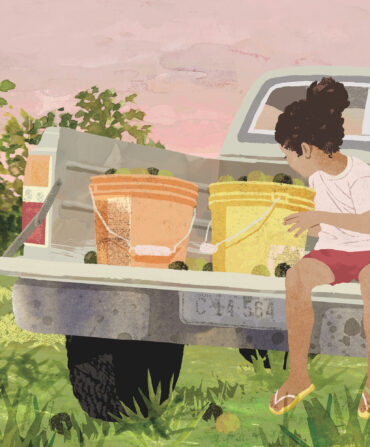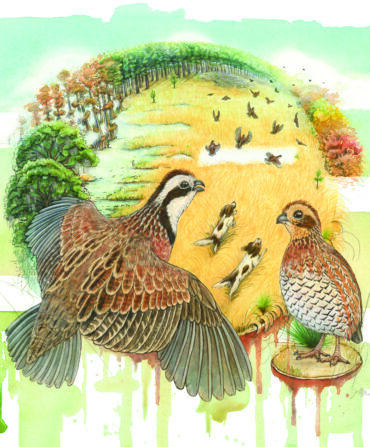An ideal day for Chris Crolley includes spending time on Lowcountry waters—leading kayaking trips through the ACE Basin, stand-up paddleboard excursions on Mount Pleasant’s Shem Creek, or ferry rides to Bulls Island’s pristine Boneyard Beach. A philosopher by nature, Crolley, when he’s not pointing out a roseate spoonbill tucked into spartina or explaining the natural history of an estuary, is contemplating how humans fit into all this. As he sees it, we must save these places, a mission he and his team at Coastal Expeditions have spearheaded since the organization’s founding but made official by establishing the Coastal Expeditions Foundation in 2017. “We were spending our lives out here,” he says, “so we felt a responsibility to do service here.”
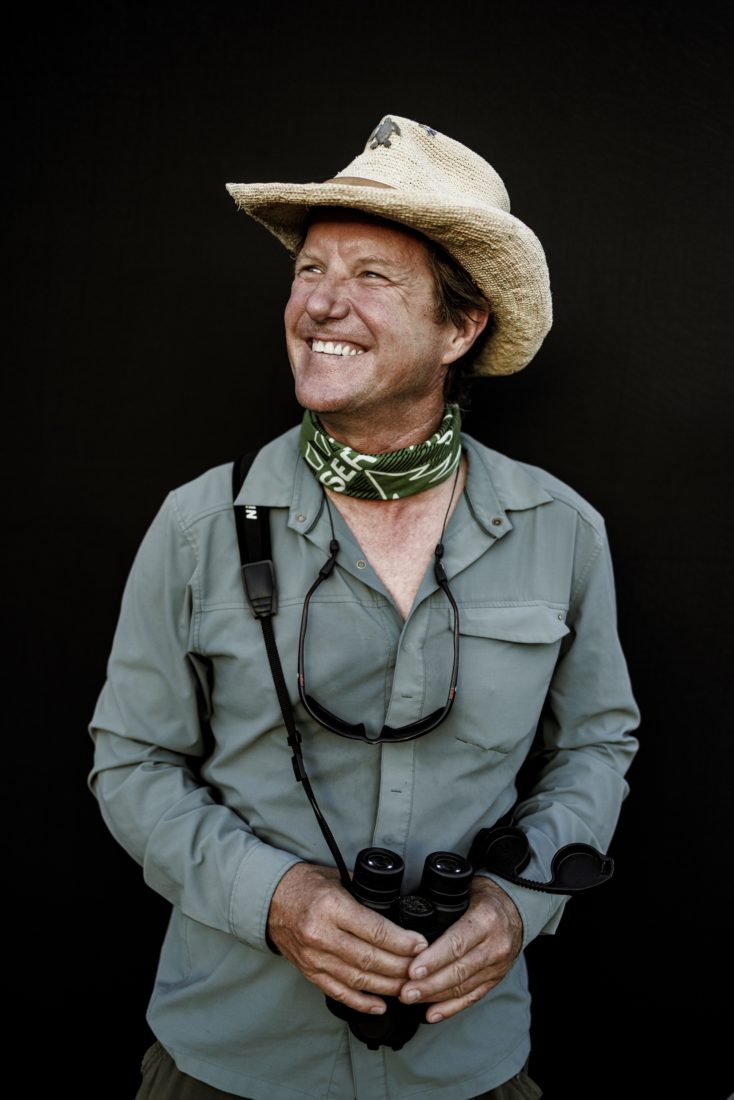
That begins with educating others, and the Cape Romain National Wildlife Refuge—a 66,000-acre medley of barrier islands that harbor migratory birds and sea turtles—makes for a particularly glorious classroom. For thirty years, Coastal Expeditions has helped the U.S. Fish & Wildlife Service relocate low-lying loggerhead nests there, record data, and help hatchlings find the ocean. As of August, this year was tracking to become the second busiest for sea turtles in the organization’s history, with more than three thousand nests. Turtles take at least two to three decades to reach sexual maturity, so this spike leads researchers to think human aid might just be working.
Crolley also feels passionately about seabirds and shorebirds, species in crisis due to what he calls “coastal squeeze”: As ocean levels rise, water covers the sandbars where birds feed, rest, and nest. Homes, schools, grocery stores, and roads now take up the closest higher ground. “They have nowhere to go,” Crolley says. So he seeks to teach people the stakes and how to live around the birds. “A black skimmer or a least tern can have the perfect nesting situation on a beach until everyone shows up with their dogs, boats, and fireworks,” he says. “The birds leave and the eggs cook in the sun. We’re also looking to rebuild and renourish islands. There are five major bird nesting islands in South Carolina, and it’s time to pump sand back into them. If I live to be an old man, that’s what’s happening next for me.”
Until then, Crolley will continue guiding volunteers, veterans, third graders, and other adventure seekers, hoping “to turn people on to what is beautiful and real in life,” he says. “When you see a dolphin breach beside a boat, or a pelican trace its pinion feather in the water, or when you watch the sun rise over the ocean—that’s when you get it.”


